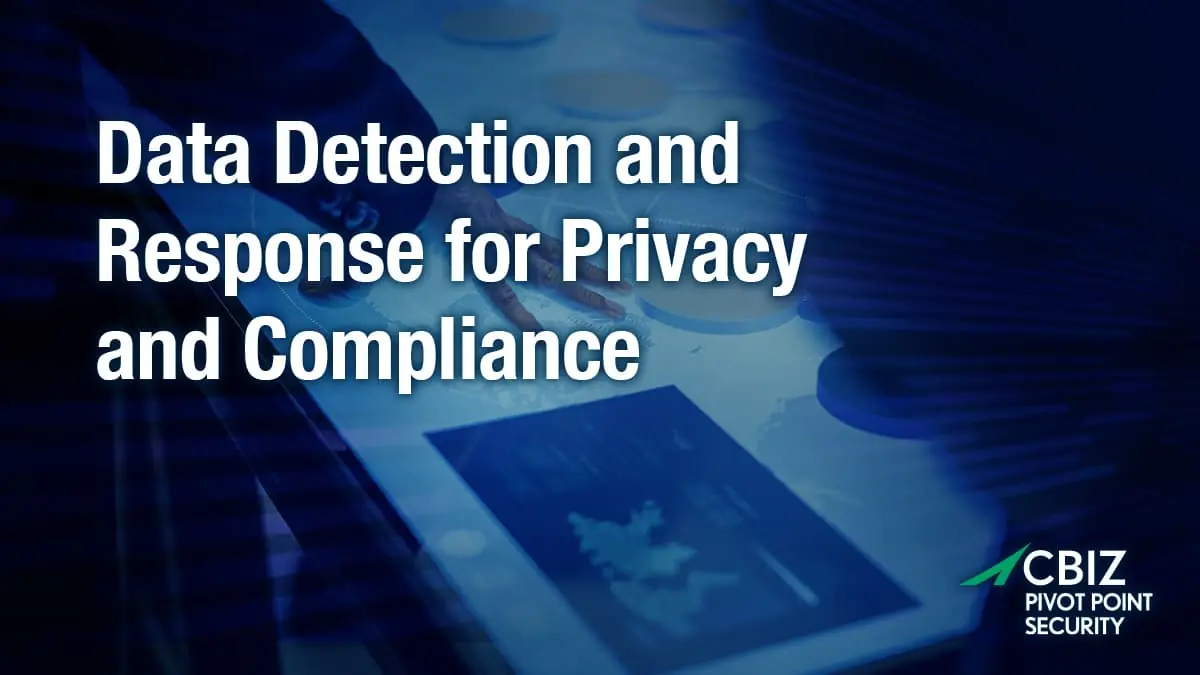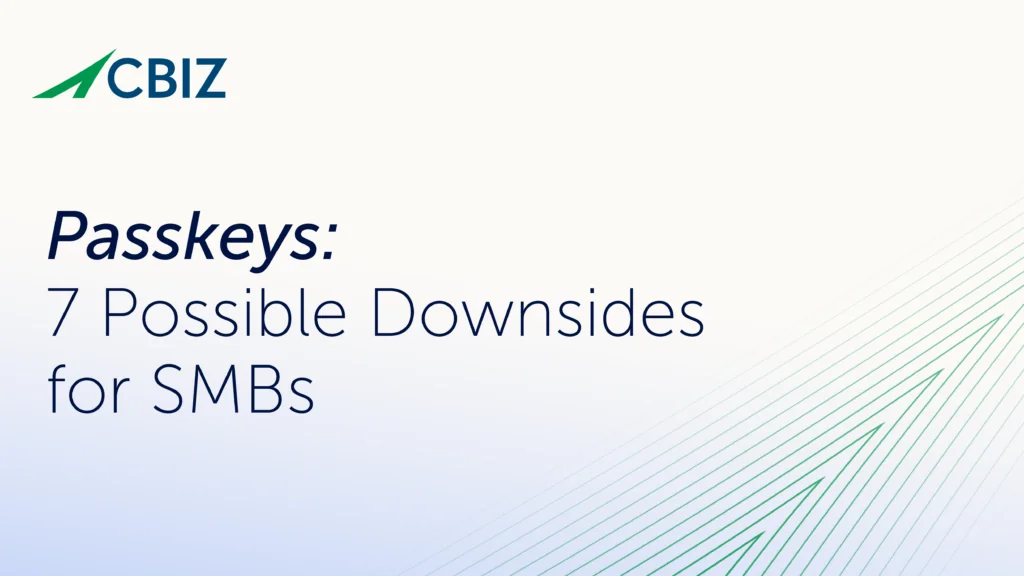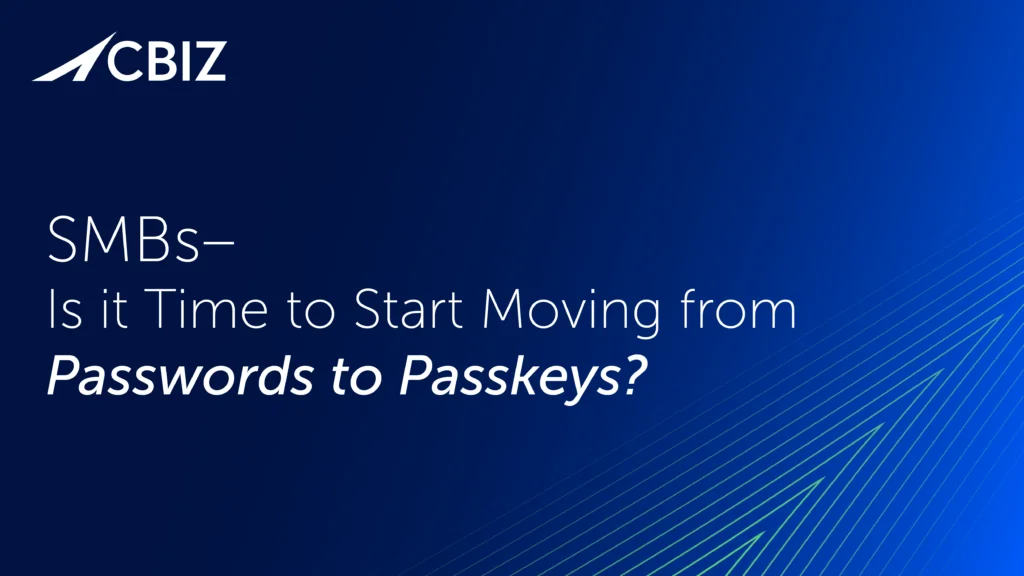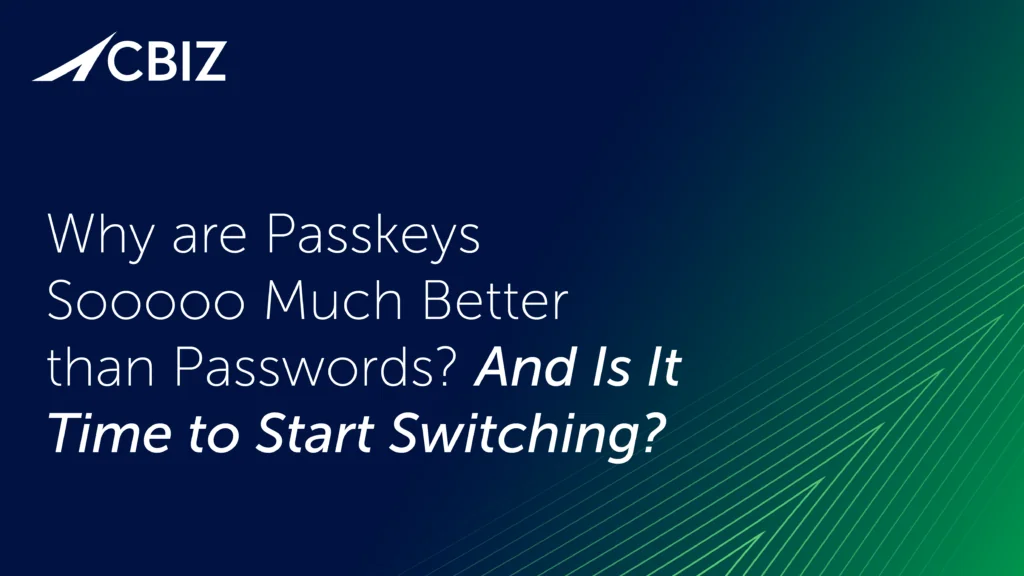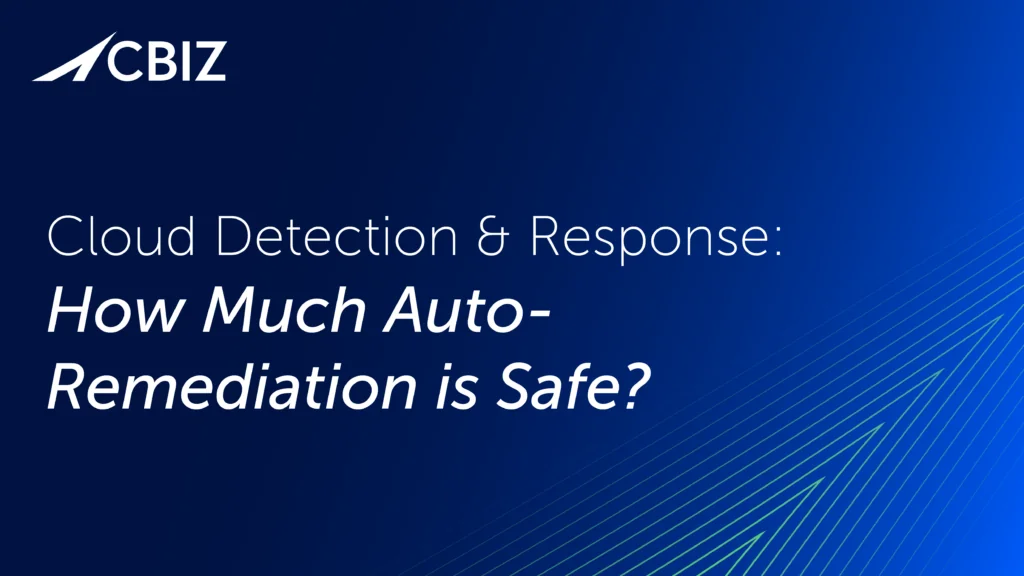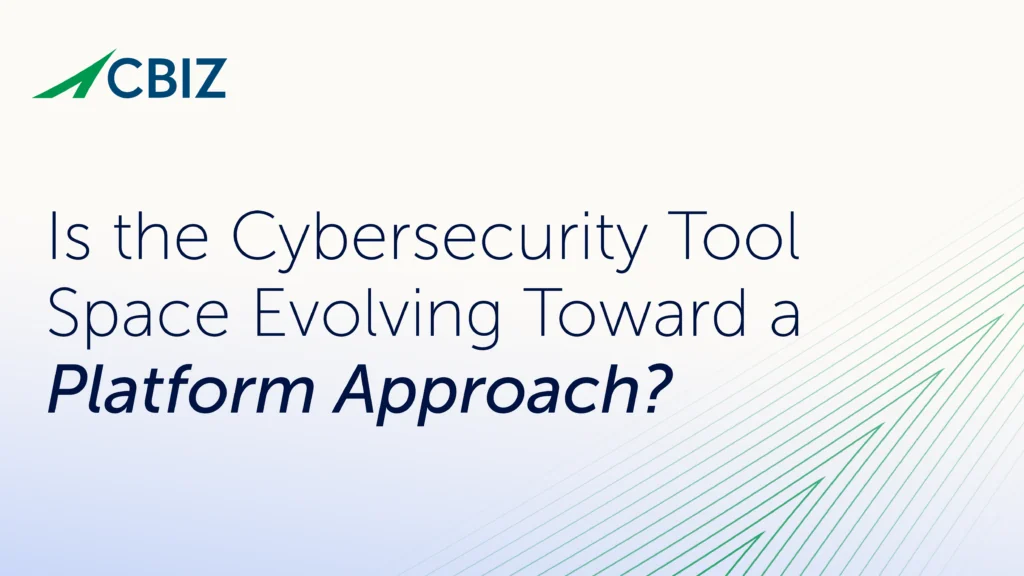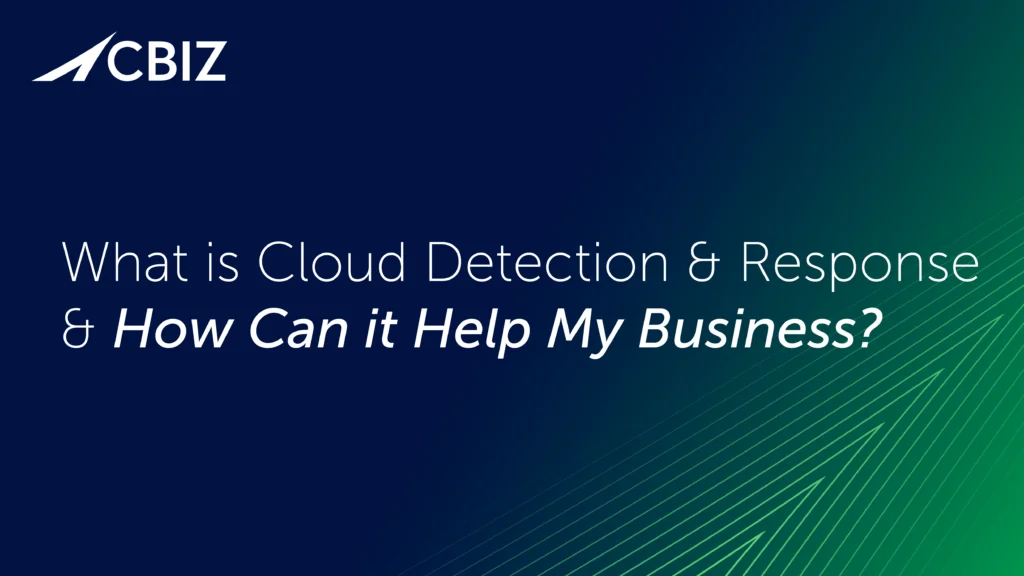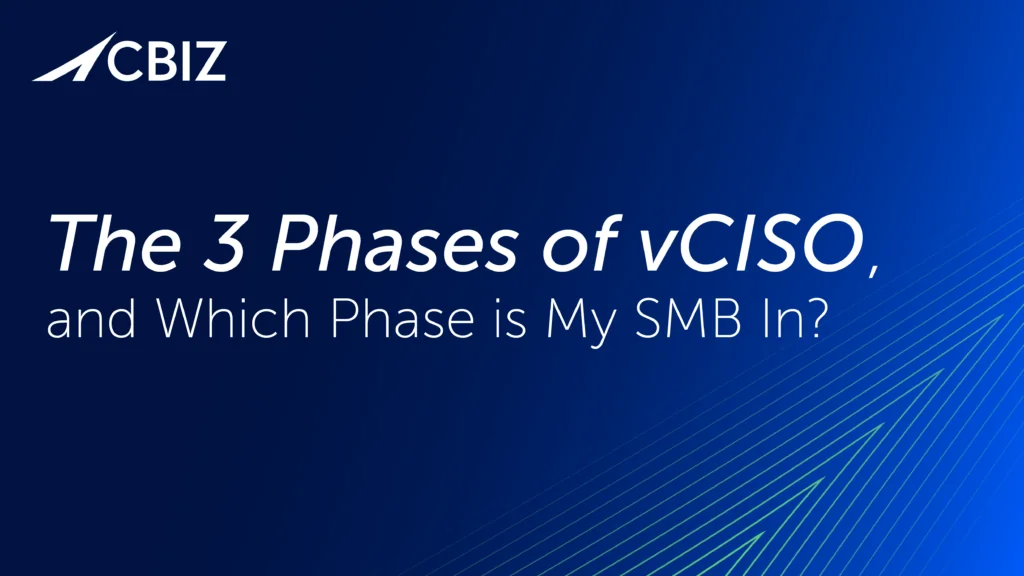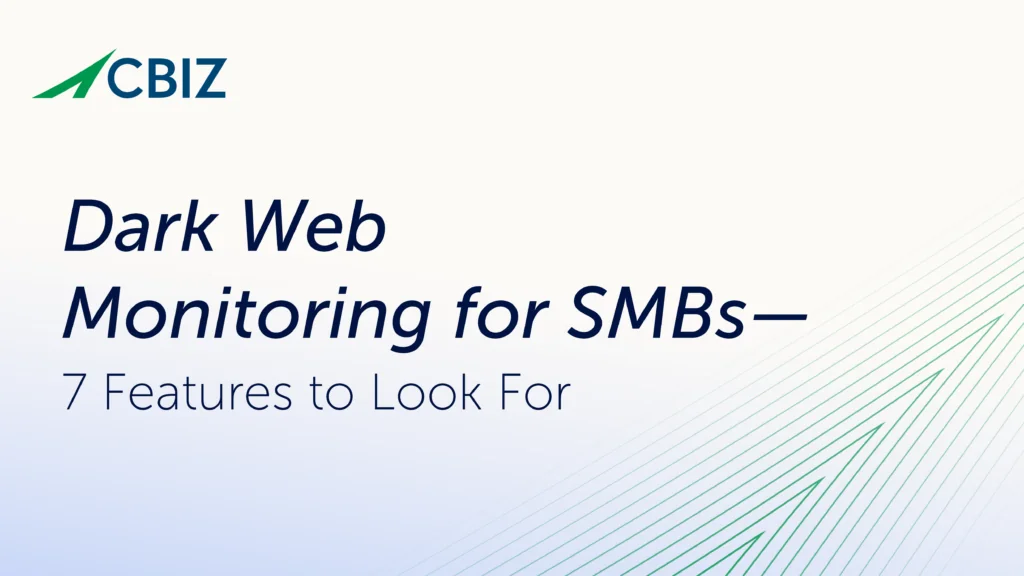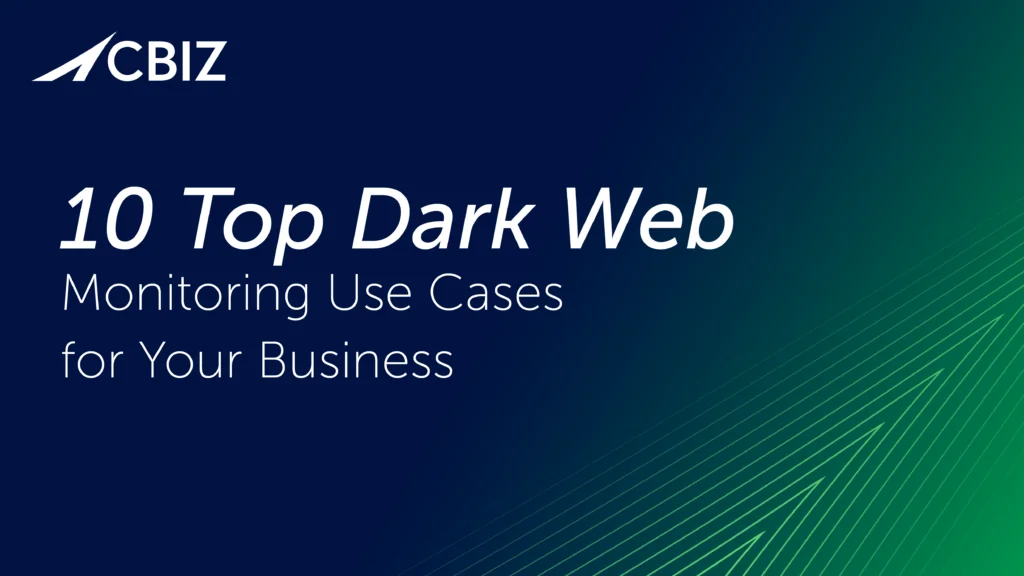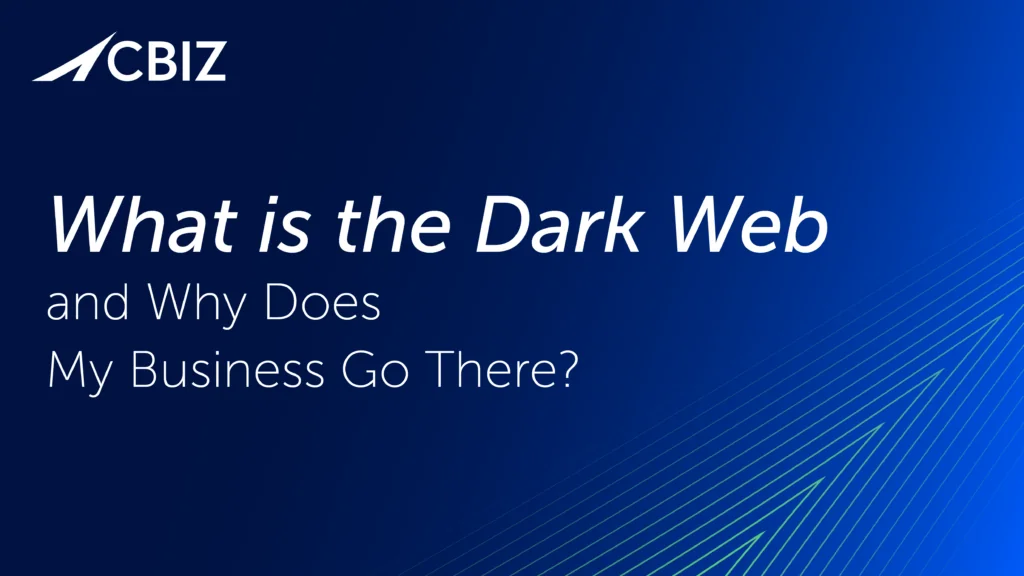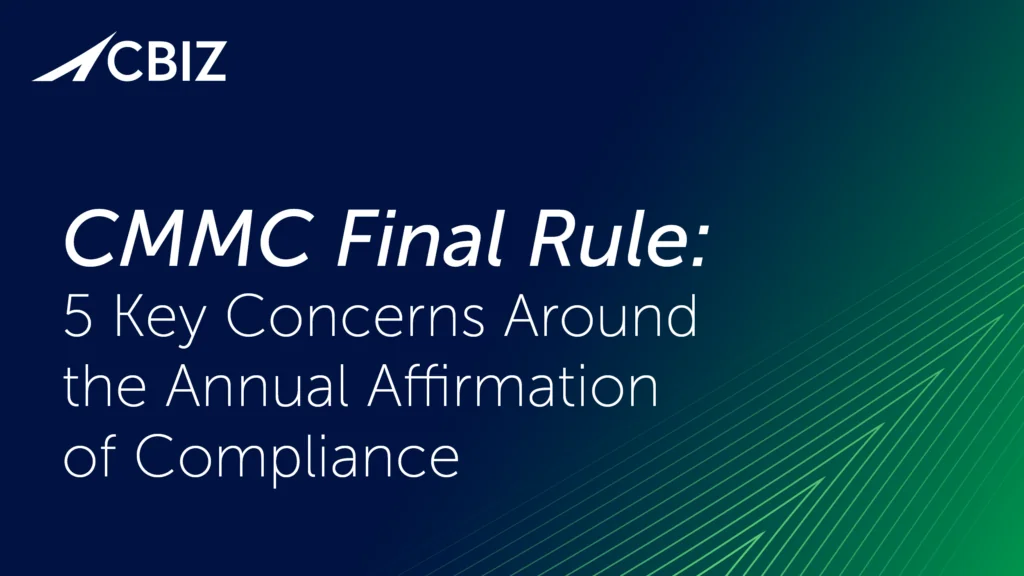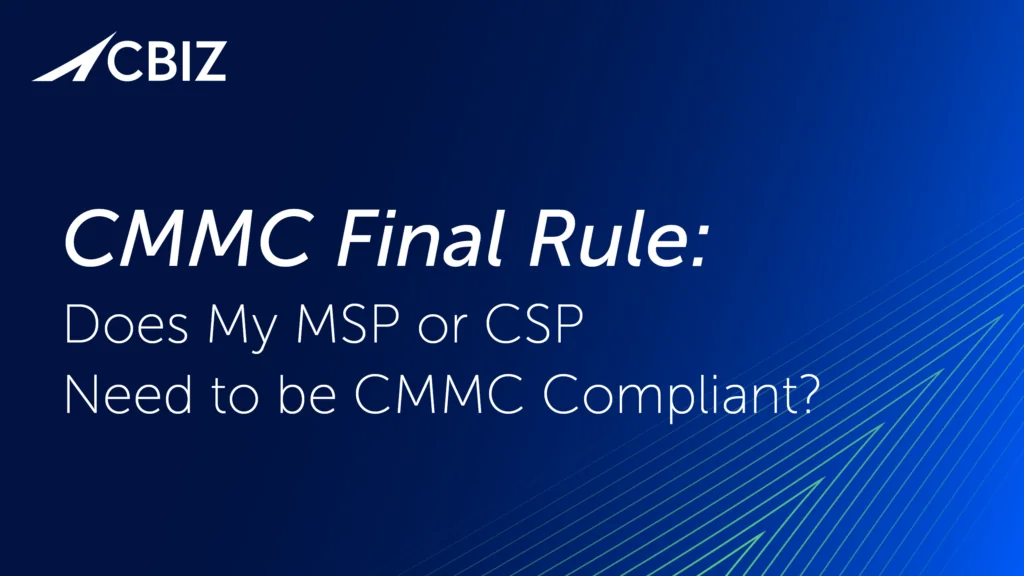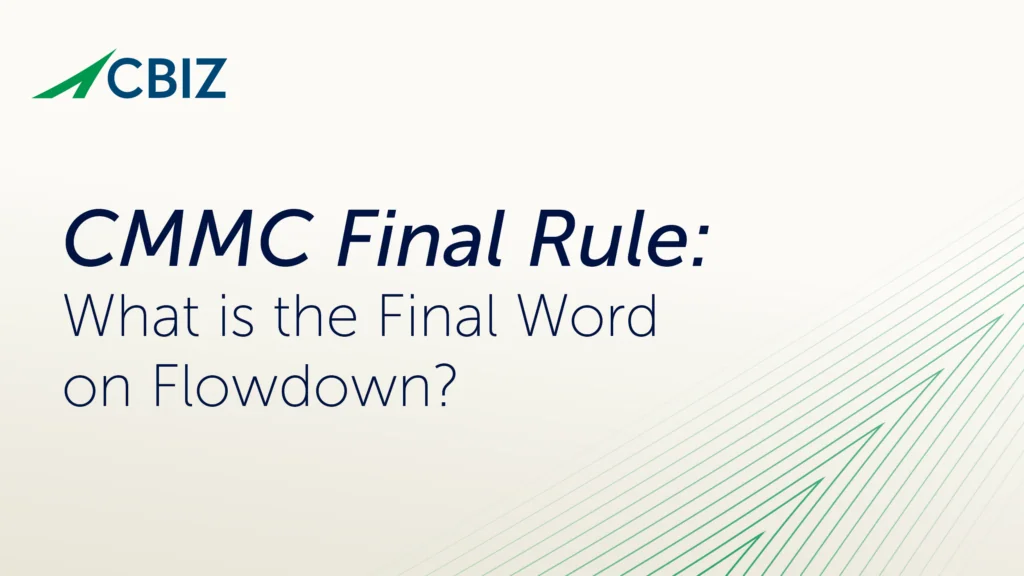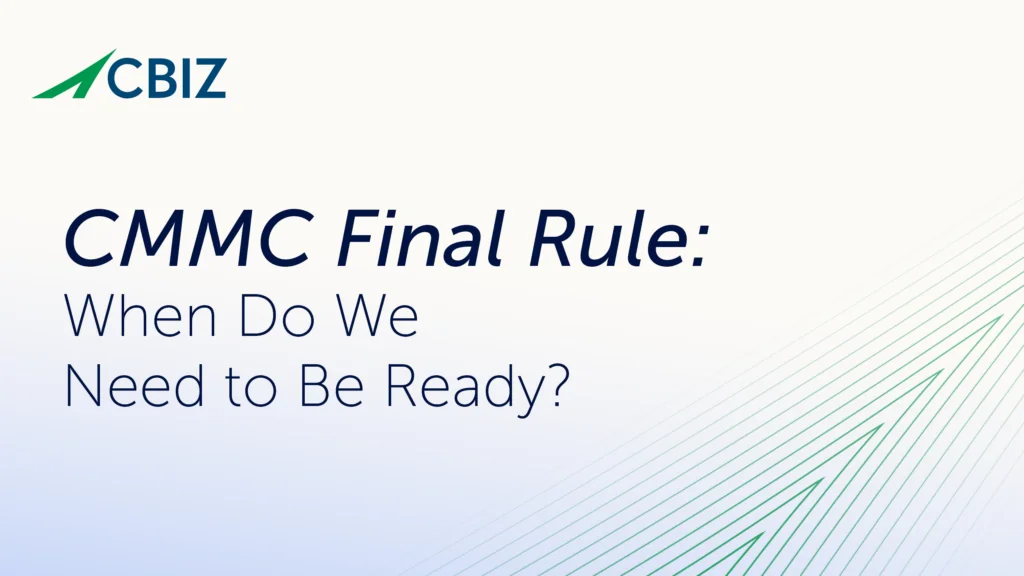Last Updated on July 29, 2024
With a unified US privacy act and other new privacy laws on the way, organizations across industries need to prioritize protecting sensitive data. Your data privacy program directly affects your customers, business partners, and other stakeholders—and hence your competitive and reputational standing.
Data detection and response (DDR) is an emerging data protection innovation that proactively reduces privacy and compliance risk. DDR also blocks file-based cyber-threats like phishing and ransomware attacks, a capability referred to as content disarm and reconstruction (CDR).
This article explains in business terms what DDR is, how it works, and how it can enhance data privacy and overall cybersecurity for organizations of all sizes.
Why is data privacy so important?
When sensitive personal data is exposed, individual consumers face elevated risk of financial fraud, identity theft, and even personal attacks. No wonder 66% of US consumers say they no longer trust a business following a data breach.
For business partners, the implications of sensitive data exposure are just as bad. A company’s competitive advantage depends on its strategic plans, intellectual property, customer data, internal reports, etc. Compromising this sensitive data can result in major financial and reputational damage due to outcomes like reduced stakeholder trust and loss of market share.
What is DDR and how does it work?
DDR functions proactively to prevent personal data loss and other privacy violations from occurring. It works by detecting and redacting/masking sensitive data per organizational policy as documents move across email systems, collaboration platforms, file sharing tools, etc.
DDR reduces business risk in three major ways:
- It decreases the risk of privacy law violations, which can have significant financial, legal, and/or reputational impacts.
- It supports continuous compliance with data privacy statutes, including the EU’s GDPR, US state-level laws like California’s CPRA, and industry-specific laws like HIPAA.
- It lessens the risk and potential impacts of data breaches, data leaks, and other cyber incidents.
DDR is cloud-based, so it can scan other cloud-based data, such as Microsoft 365 email and other documents, in near real-time. It monitors all in-motion content in the environment for personal data and other sensitive data, helping companies to better understand their attack surface and vulnerable areas.
To rapidly redact personal data or spot malware without inconveniencing users, DDR knows about file formats for all of today’s most widely used business documents (over 99% of all documents). It also integrates with popular document repositories like Teams, Slack, Dropbox, and Box.
“Now we know how to look into documents and tell the users or the CISO if they have personally identifiable information (PII) or payment card industry data (PCI) or personal health information (PHI) in those documents,” explains Aviv Grafi, founder and innovator at Votiro. “And instead of masking it, we can leave it in there and just let you know your data classification mechanisms are working. Most customers start with detection only and then they want to redact for certain users.”
DDR’s key capabilities include:
- Identifying and blocking internal and external threats.
DDR helps protect sensitive data by acting as the first line of defense, monitoring all data movement. Because it focuses on identifying sensitive content and not on spotting malware signatures, DDR is effective even against zero-day attacks that traditional tools often miss. - Maintaining continuous compliance.
One of the top data privacy risks is compliance violations, which can lead to significant fines, legal costs, and reduced brand credibility. DDR provides continuous monitoring and rapid response to suspicious activity so that privacy compliance is continuous. - Automated rapid response capability.
Rapid threat response is essential to safeguard personal data and reduce the volume of data lost, thus reducing an incident’s impact. Many traditional solutions like endpoint detection and response (EDR) and data loss prevention (DLP) provide alerts when they detect an issue, but not automated remediation.
DDR business benefits
Here are some of the benefits of deploying DDR:
- Take the guesswork out of mitigating risks in documents and other shared data.
Sending personal data to unintended or unauthorized recipients is a common source of privacy compliance violations. Real-time identification of hidden threats and scrubbing of in-motion data improves threat visibility, simplifies privacy management, and improves data protection to reduce overall cybersecurity risk. - Maintain continuous compliance with privacy laws.
Many businesses must demonstrate compliance with multiple privacy regulations on a continuous basis, not just at audit time. DDR can support compliance with all of these—not only by proactively preventing privacy violations, but also by showing due diligence and commitment to privacy compliance. - Combat multiple privacy and cybersecurity threats with one automated solution.
Deploying, monitoring, and managing multiple cybersecurity and privacy controls takes significant staff and resources. DDR provides a unified, automated solution that shows organizations many of the privacy risks they face today, so they can take steps to holistically address them.
What’s next?
For more guidance on this topic, listen to Episode 141 of The Virtual CISO Podcast with guest Aviv Grafi, founder and innovator at Votiro.





